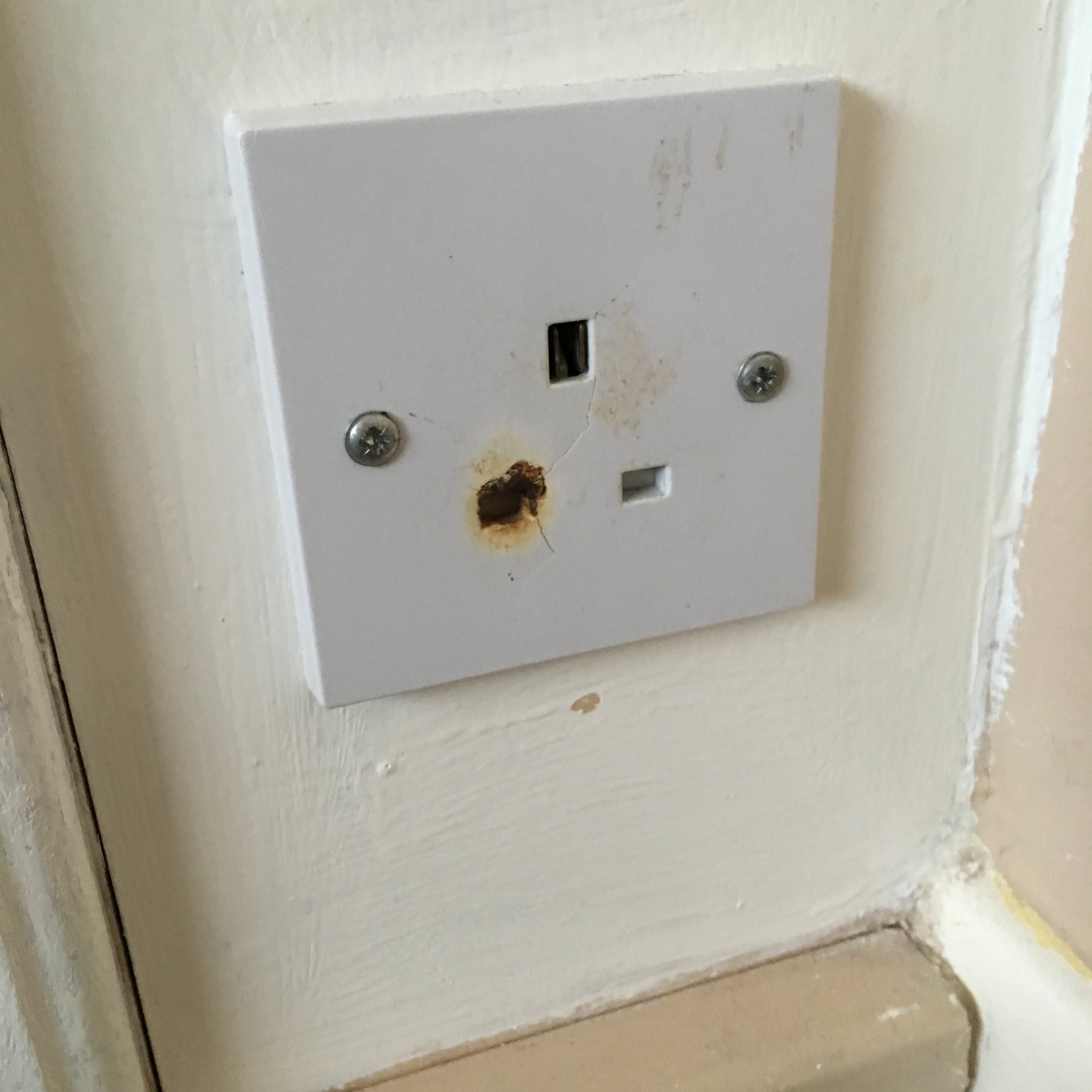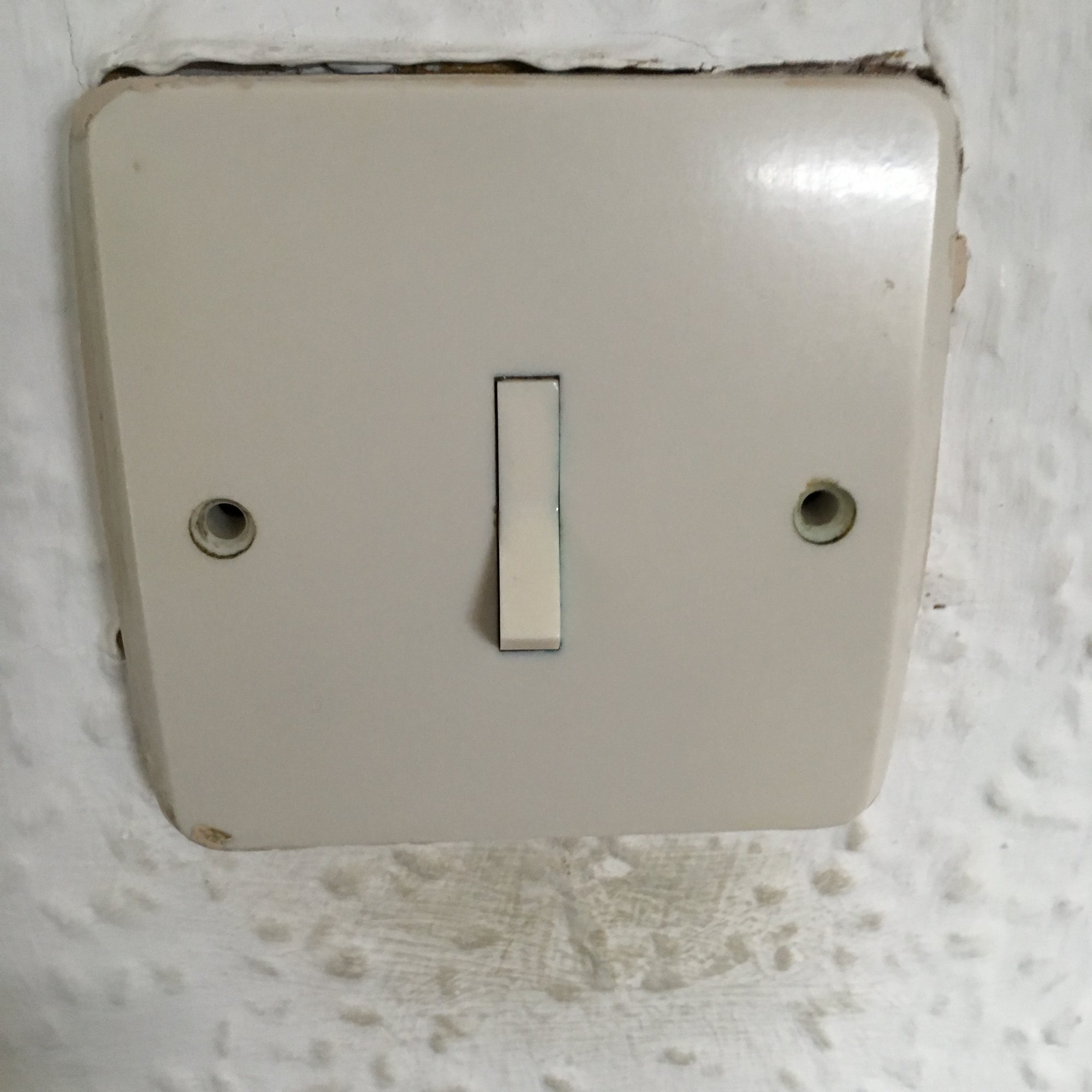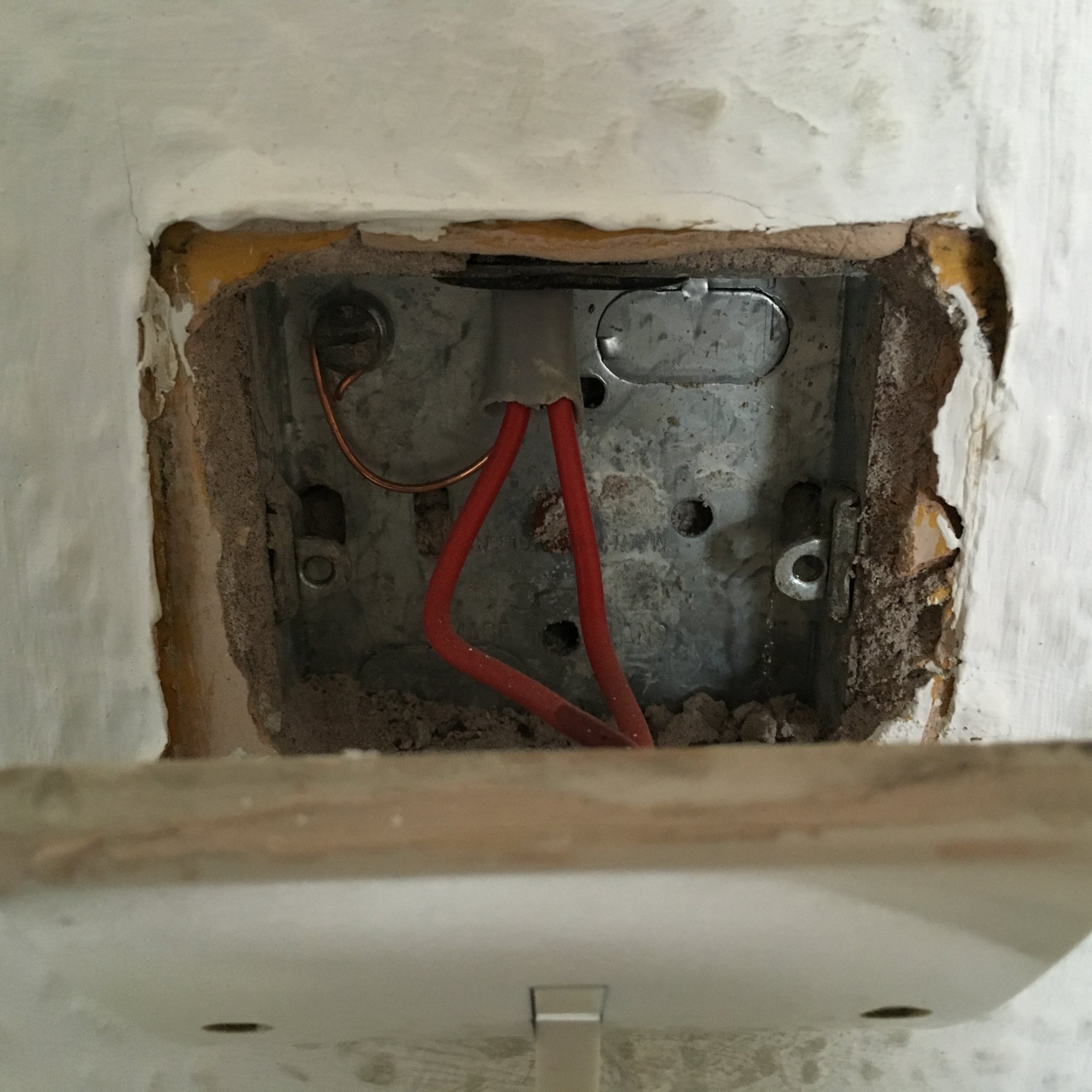Hi,
Moved house a couple of weeks ago.
Following the survey back in November, I arranged for an EICR to check out the installation.
The installation has an old consumer unit, fuse wire etc and seems to be the original install with a bit of modification for an extension, some extra sockets etc. The overall rating came back as satisfactory.
Now we're in, I'm considering options in terms of update. I've had another look at the report and have a couple of specific questions on it.
- estimated age of installation is 25 years. The house was built mid 60s. How accurate is this estimation usually? Is it possible to get dates off old wiring etc like you can with new cable? I'd have thought the wiring was original in the main and I'm surprised it wasn't older.
- the overall rating seems to say an unsatisfactory rating arises as a result of c1 and/or c2 conditions. But a c2 condition was identified for 'no RCD protection for sockets and circuits contained in a bathroom'. There are no sockets in the bathroom but there is an old alarm in the downstairs loo and wondering if it was this. Either way, does the presence of a c2 condition in this area mean it should have got unsatisfactory?
I've also noticed one of the bedroom sockets doesn't look too healthy but this wasn't picked up on the report.
The EICR was arranged through the firm that the estate agent uses for all their lettings inspections so I had hoped they'd be reliable.
Is it worth going back to the firm that arranged it?
I'm trying to work out whether a full rewire is necessary and I've now not much confidence in results I've been given.
Would welcome some advice!
Moved house a couple of weeks ago.
Following the survey back in November, I arranged for an EICR to check out the installation.
The installation has an old consumer unit, fuse wire etc and seems to be the original install with a bit of modification for an extension, some extra sockets etc. The overall rating came back as satisfactory.
Now we're in, I'm considering options in terms of update. I've had another look at the report and have a couple of specific questions on it.
- estimated age of installation is 25 years. The house was built mid 60s. How accurate is this estimation usually? Is it possible to get dates off old wiring etc like you can with new cable? I'd have thought the wiring was original in the main and I'm surprised it wasn't older.
- the overall rating seems to say an unsatisfactory rating arises as a result of c1 and/or c2 conditions. But a c2 condition was identified for 'no RCD protection for sockets and circuits contained in a bathroom'. There are no sockets in the bathroom but there is an old alarm in the downstairs loo and wondering if it was this. Either way, does the presence of a c2 condition in this area mean it should have got unsatisfactory?
I've also noticed one of the bedroom sockets doesn't look too healthy but this wasn't picked up on the report.
The EICR was arranged through the firm that the estate agent uses for all their lettings inspections so I had hoped they'd be reliable.
Is it worth going back to the firm that arranged it?
I'm trying to work out whether a full rewire is necessary and I've now not much confidence in results I've been given.
Would welcome some advice!











